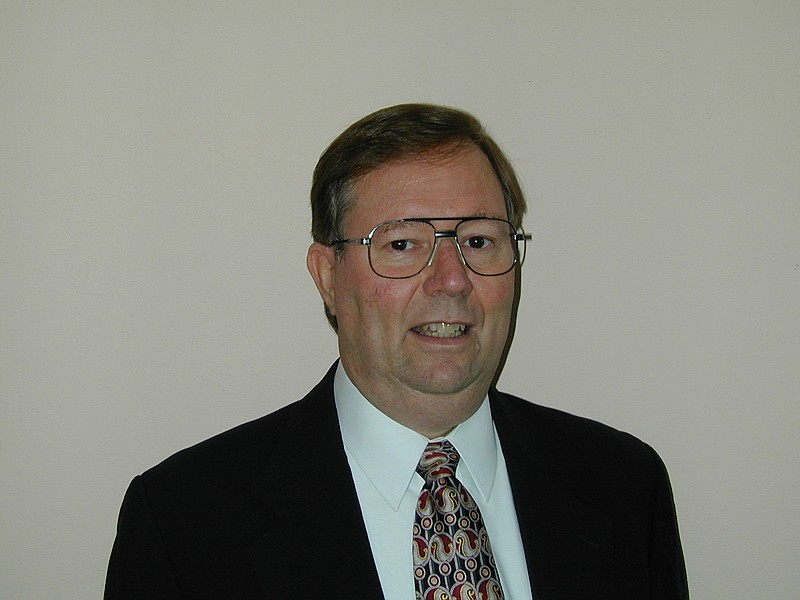A Mid-Missouri native is being honored by the American Dairy Science Association for his work in the field.
ADSA will hold a symposium Tuesday in honor of David Mertens, who was born in Jefferson City and lived much of his life in California, during its annual meeting in Kansas City.
Mertens, who has worked for U.S Department of Agriculture, has helped develop analytical methods for defining the minimum fiber requirements of dairy cows; dietary fiber in ruminants (hoofed herbivores such as cows); mathematical modeling of digestion; and creating the system for designing optimal rations for dairy cows using dietary fiber has brought him acclaim.
As a senior at California High School, Mertens initially planned on becoming a partner with his dad in the dairy operations on their family farm. However, after taking his SAT exam, he received a scholarship and was encouraged by his vocational agriculture teacher to pursue a college degree.
Mertens studied dairy science at the University of Missouri, where he won a fellowship supporting two years of graduate work.
"Eventually, (my professor) convinced me, and I had the opportunity to work with a well-known researcher in the chemistry of feed analysis and feed evaluation," Mertens said. "I went to Cornell University and later spent 10 years teaching and doing research. Then came to the USDA and did research full time for the rest of my career."
He said he is proudest of the development of the "amylase-treated NDF (natural detergent fiber) method," which measures fiber and feed, reproducible for analytical laboratories. It is recognized as an international standard for measuring fiber in feeds for dairy cows.
"The use of NDF in both evaluating feeds and encouraging farmers to grow and harvest higher quality forage juices has led to a significant improvement in dairy cow production and health," Mertens said. "I (also) worked at some length in the mid-1980s, trying to show farmers how they could use fiber to actually formulate better diets for dairy cows. Both of those things were kind of accepted very readily by farmers and the nutritionist that helped them put their rations together. And that's probably the thing that had the greatest impact."

